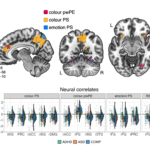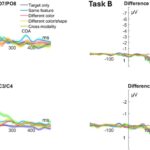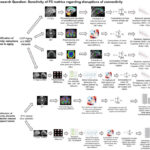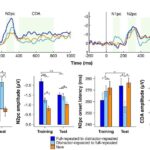Our subjective sense of time can be influenced by different contexts, like the spacing between sample intervals and how often they appear (sample frequency). Here, we used EEG to identify components associated with timing, especially the CNV, offset P2, and LPCt. We conducted two experiments where participants had to decide if a duration of time felt more like a short or long standard. What the participants didn’t know was that we changed the stimulus spacing and sample frequency to create different contexts. The results showed that the duration perception shifted towards the average duration of the given context. The two mentioned EEG components, CNV and LPCt, were affected by this context. In short contexts, the CNV component changed its rate, while the LPCt had changes in its amplitude and timing.
The findings suggest that the CNV component might be an expectation wave before a decision related to time is made, and the LPCt links to the decision-making process. Both of these components are influenced by the surrounding temporal context.
The study is now accepted and published in Experimental Brain Research:
Baykan, C., Zhu, X., Zinchenko, A., Müller, H. J., & Shi, Z. (2023). Electrophysiological signatures of temporal context in the bisection task. Experimental Brain Research. Experimentelle Hirnforschung. Experimentation Cerebrale. https://doi.org/10.1007/s00221-023-06670-1.





